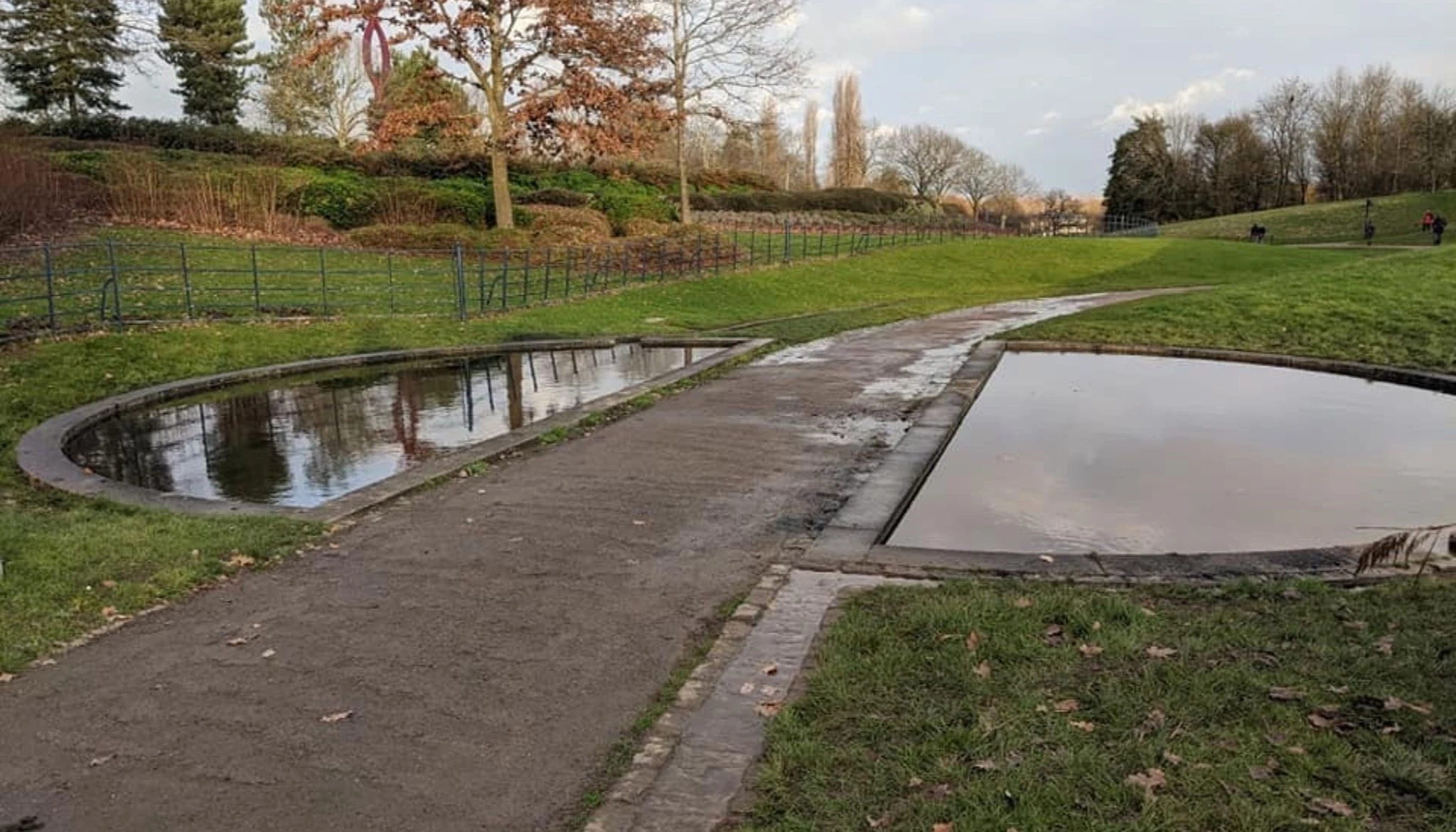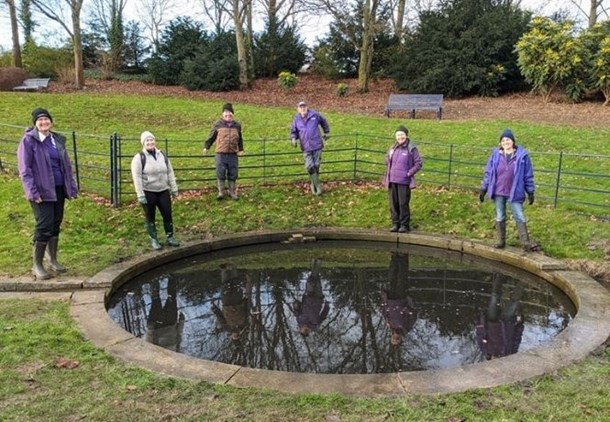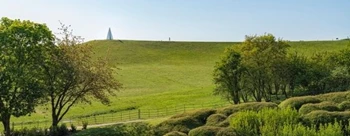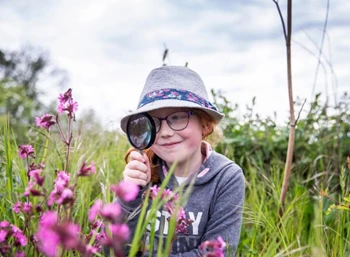Wildlife Blog: From Puddles to Pools

Ponds are a relatively small body of fresh still water, either natural or designed. Water sources are a vital part of habitats for all wildlife from birds to mammals, livestock and a life source itself for many of our invertebrates and amphibians. They also serve as a reflective and tranquil place for us to enjoy.
Ponds are one of the single best ways of bringing more wildlife into an area or your garden and can be very diverse, supporting similar aquatic plants and even larger invertebrates than lakes!
Autumn heading into winter, is the time of year for amphibians to search for damp places to hibernate and ponds may seem to be life-less, however, this is certainly not the case. What lurks beneath are snails, cased caddis-fly and other insect larvae that feed off the vegetation and decaying organic matter (detritus) but are actually, indicators of good water quality and habitat. Whereas, several species of water beetles and dragonfly larvae live up to two years in the water through the winter seasons and ponds are still teeming with life.
According to the Wildlife Trust, half a million ponds, have been lost over the last 100 years and 1 in 5 remaining ponds are thought to be in poor condition. With the help of our volunteers, we have restored the ornamental drainage ponds in Campbell Park over winter, improving their habitat condition for wildlife.
Earlier this month our team of dedicated volunteers started the mucky task of cleaning and restoring the circular and half-moons ponds, located near to the chain reaction artwork in the park. By fixing permanent mammal bridges for the safe exit of hedgehogs, adding small barley straw bales to reduce the algae growth before planting some oxygenating plants and water lily to improve the water quality in attracting more wildlife from insects to newts for spring 2021. We will be including these ponds on the surveying programme for next year!
One of the key benefits of oxygenating plants is to help absorb any excess nutrients (mainly nitrogen and phosphorus) in the pond on which algae feed, thereby depriving the algae of the nutrients it needs to thrive and helping to reduce and control it.
Listed below are some examples of oxygenating plants and their benefits:
- Water starwort, Callitriche palustris, an excellent evergreen oxygenator, forms a dense mat of star shaped leaves providing good cover and haven for wildlife early in the season with small white flowers in summer.
- Water-crowfoot, Ranunculus aquatilis, this native oxygenator grows long strands of attractive feathery fronds under water with dainty white flowers appearing above from April to June. Thus benefits pollinators and larval stages of insect.
- Water moss, Fontinalis antipyretica, produces oxygen during the day which will benefit all pond life and creates an excellent floating habitat for spawning and invertebrate cover.
- Water lily, Nymphaea alba, the native white lily provides some shade and cover for all wildlife and a picturesque addition to the ornamental ponds.
In addition, these oxygenators provide shade to help keep the water cooler (algae love warm water which is why it becomes a problem in spring as the water warms up) and provide cover, food and egg-laying sites for amphibians, insects and other pond life.
Why not think about trying to improve the wildlife habitat in your garden this winter and think about creating a pond to attract more wildlife next spring? It can even be as simple as a washing up bowl or old sink, some stones, fresh rainwater and a mammal ladder for ease of escape. Let us know what you're doing to help local wildlife on social media by tagging @theparkstrust.









